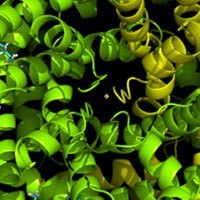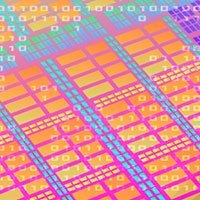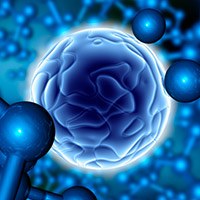X-Ray Diffraction Interest Group
The NIH X-ray Diffraction SIG is now the Structural Biology Methods Scientific Interest Group!
Learn more at https://oir.nih.gov/sigs/structural-biology-methods-scientific-interest….
Scientific Focus Areas


Computational Biology

Molecular Biology and Biochemistry
View SIGs in Molecular Biology and Biochemistry
Learn more about Molecular Biology and Biochemistry in the IRP
This page was last updated on Sunday, October 6, 2024